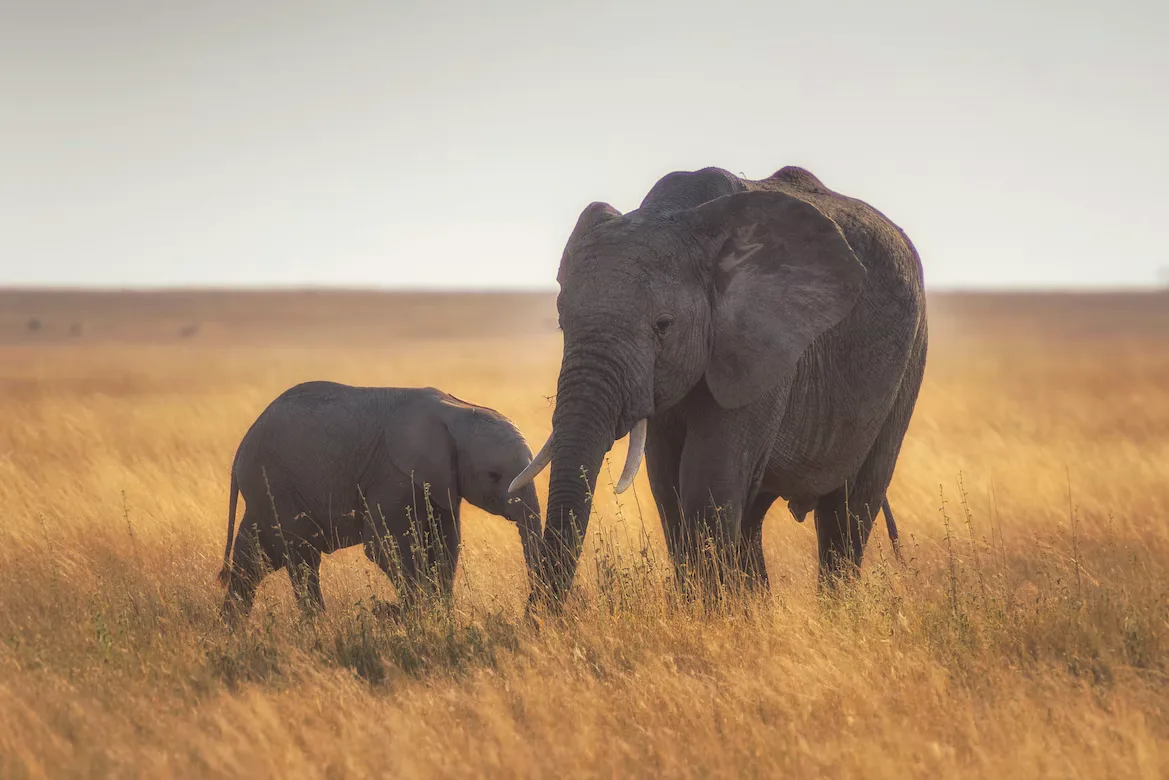Join us for a memorable journey into the world of baby elephants.
Are you ready to be whisked away to a world of wonder and cuteness? Look no further than the world of baby elephants! These majestic creatures are more than just adorable – they are fascinating beings with incredible physical traits and essential roles in their natural habitats.
But do you know what makes baby elephants so unique? How do they communicate, and what are their relationships with their mothers and other herd members?
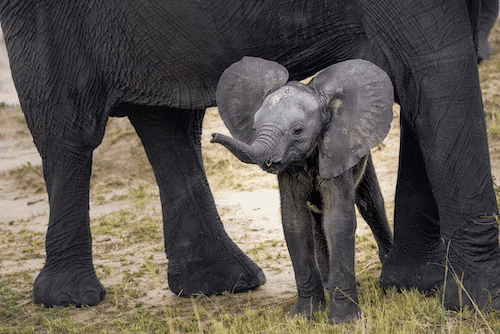
And what can we do to protect them from the dangers threatening their existence? Join us as we dive deep into the world of baby elephants and uncover all the exciting facts and fascinating stories that make these creatures special.
From their iconic trunks and tusks to their social behaviors and communication, there’s so much to learn and appreciate about these gentle giants. And with their habitats threatened by human activities like poaching and habitat destruction, understanding and supporting their conservation efforts is more important than ever.
Want to jump ahead? Click below
The Most Adorable Beasts on the Planet: Why Baby Elephants are Unique and Fascinating
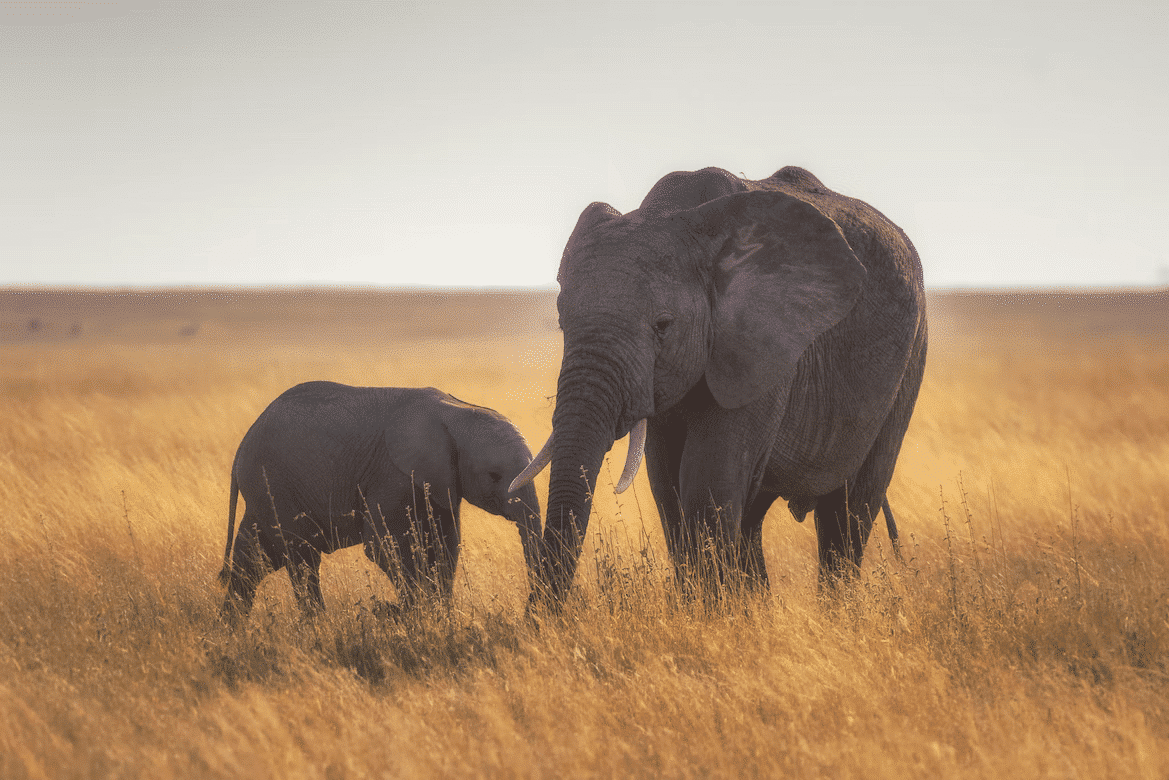
Are you ready to fall in love with the cutest and most fascinating animals on the planet? We’re talking about baby elephants! These gentle giants are unique and captivating creatures, and we will show you why.
So get ready to be amazed as we explore the world of baby elephants and all the great traits that make them unique.
A Sight to Behold: Physical Characteristics of Baby Elephants
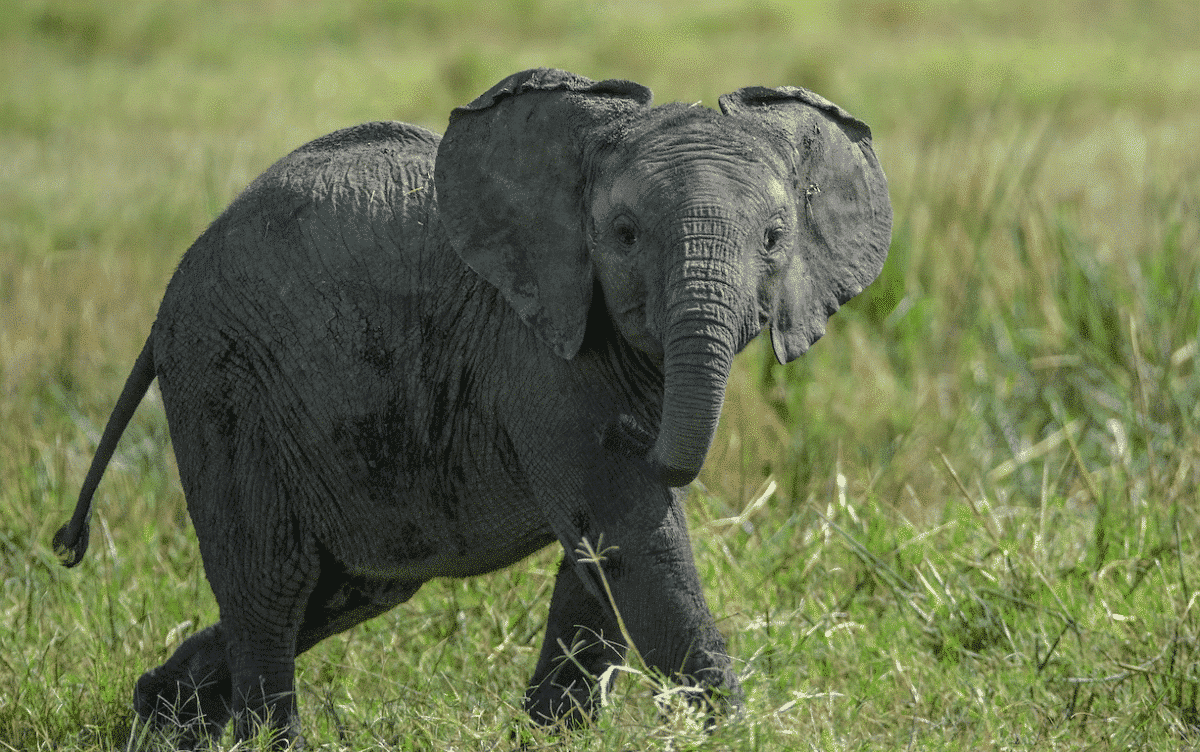
From their wrinkly skin to their adorable little trunks, there’s no denying that baby elephants are one-of-a-kind. These little pachyderms are born weighing around 250 pounds and are covered in fine black hair.
Their skin becomes wrinkled and harsher to the touch as they grow. And, of course, who can forget their iconic trunks and tusks?
Baby elephants’ trunks are noted and incredibly versatile – they can be used for grasping, breathing, and even making noises.
Behaviors and Development of Baby Elephants
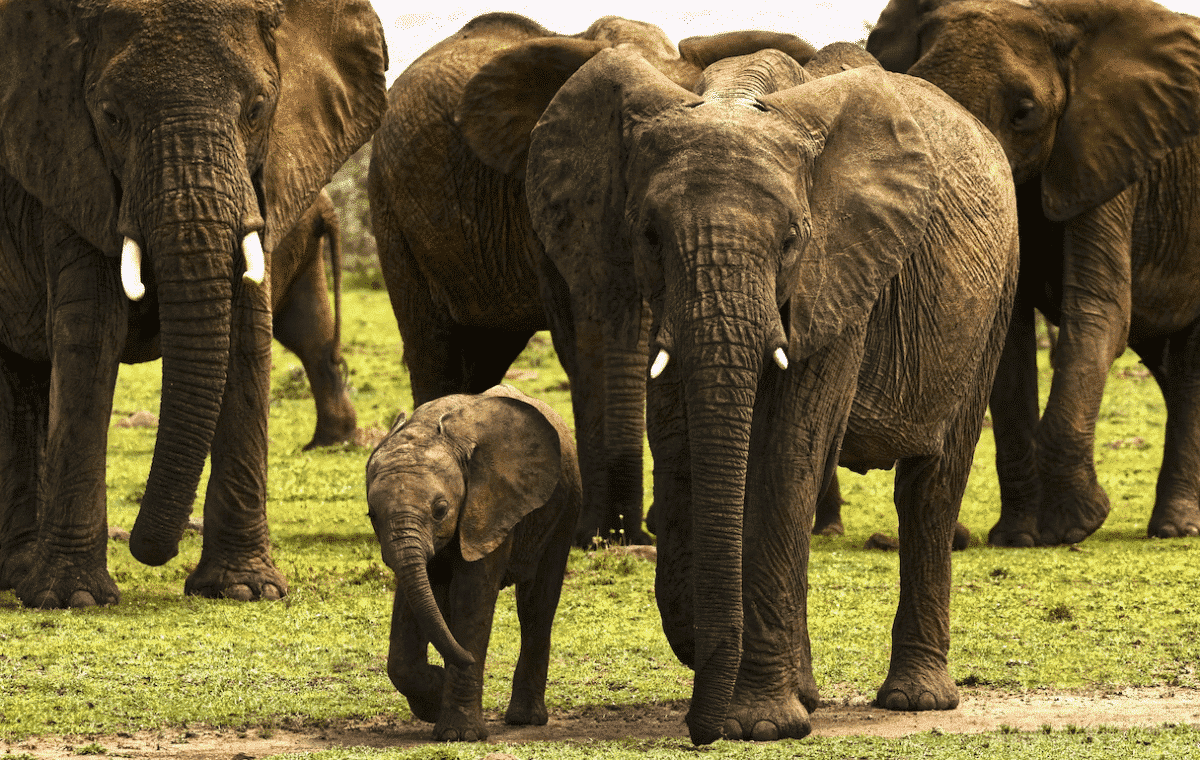
One of the fascinating things about baby elephants is their development and behavior. Baby elephants are born into close-knit families called herds, where they’re doted on by their mothers and other female elephants.
They are intelligent and playful creatures, often engaging in tug-of-war games and chasing each other around.
As they grow, baby elephants go through several developmental milestones, like learning how to use their trunks and tusks effectively and becoming more independent from their mothers.
A Bond Like No Other: Mother-Offspring Relationships
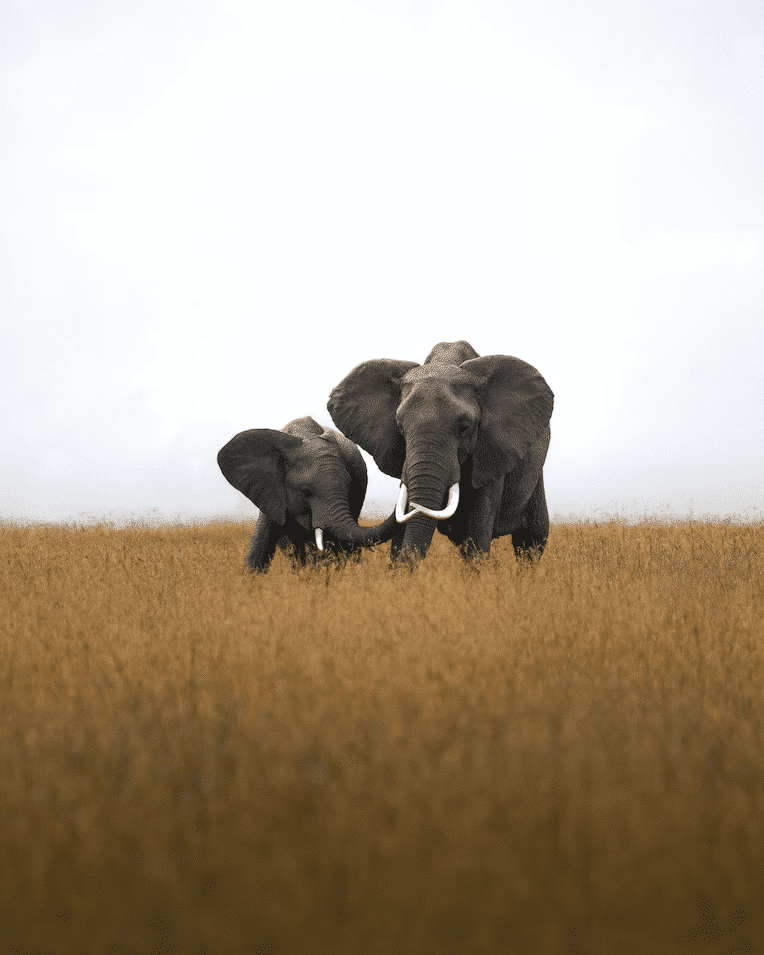
The bond between a mother elephant and her baby is one of the most heartwarming things you’ll ever witness.
Baby elephants rely on their mothers for everything from nourishment to protection, and the two form an incredibly close relationship. Studies have shown that the mother-offspring bond in elephants is one of the strongest in the animal kingdom.
Baby elephants will stay with their mothers for several years, learning everything they need about survival in the wild.
Social Butterflies: The Complex Social Behaviors of Baby Elephants
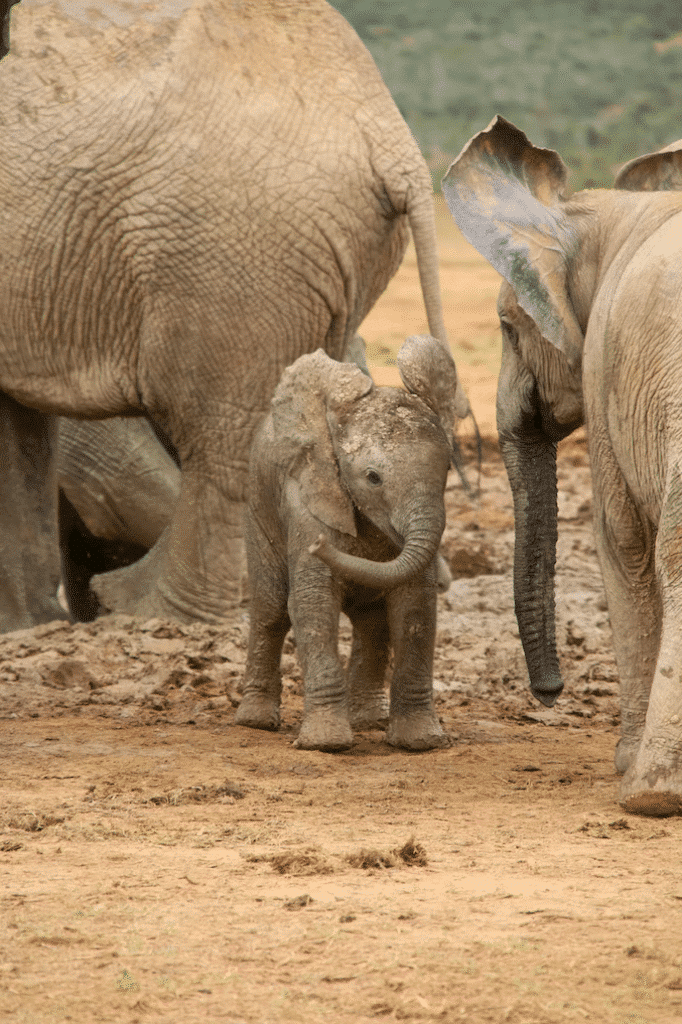
Did you know that baby elephants are incredibly social animals? They are born into herds of anywhere from 8 to 100 elephants and then much of their time playing and interacting with other herd members.
They communicate with each other using a variety of sounds, like trumpeting and rumbling, and they also use physical touch to show affection and communicate. And as they get older, baby elephants take on essential roles in their herds, like helping to care for younger siblings and protecting the flock from predators.
What Is a Group of Baby Elephants Called?
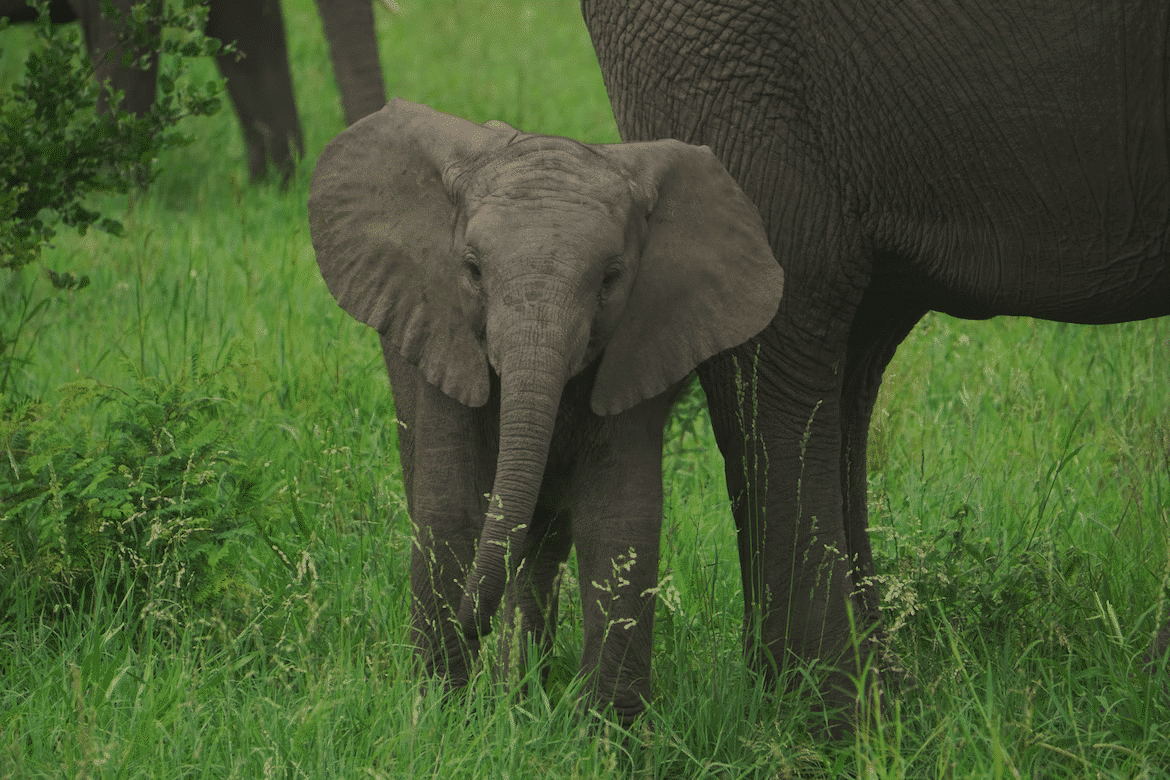
A group of baby elephants is called a “crash” or a “herd” of babies. You read that right – a “crash” of baby elephants! And let’s be honest, with their playful nature and tendency to knock things over, that name seems pretty fitting.
So if you stumble upon a group of these adorable little pachyderms, remember to watch out for the crash!
Life Cycle and Behavior: The Wonders of Baby Elephants
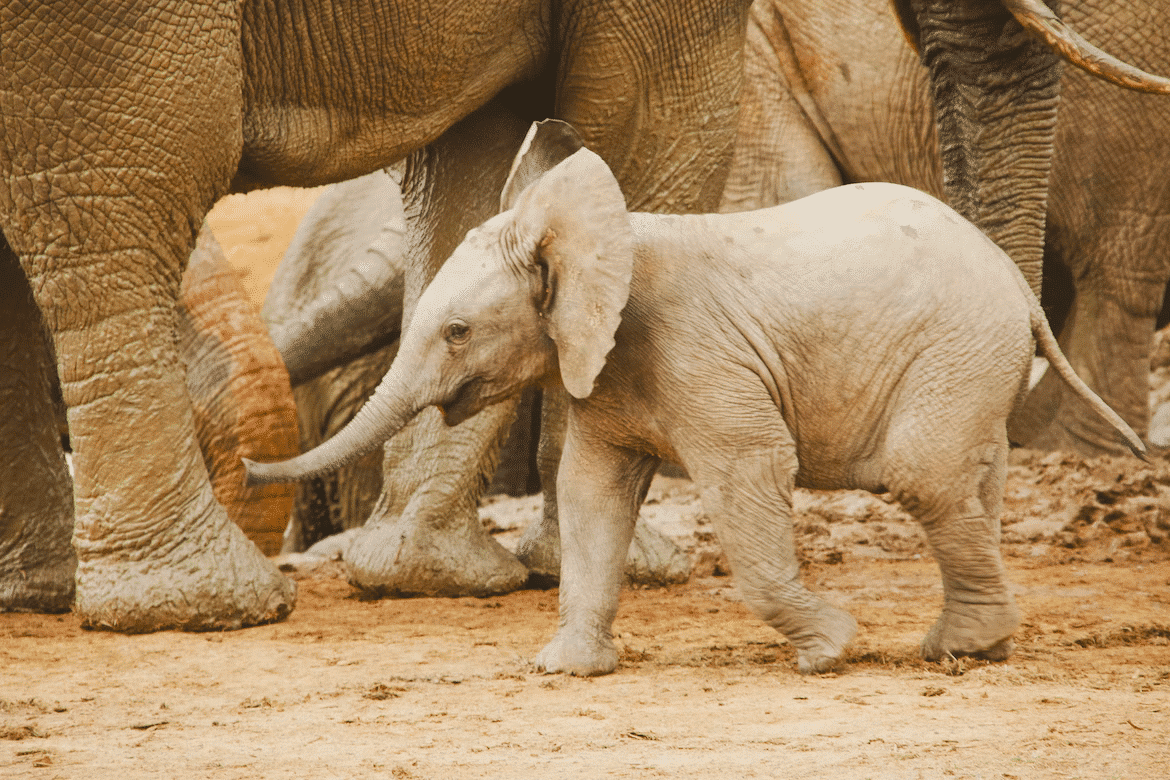
Get ready to be wowed by baby elephants’ incredible life cycle and behavior!
These gentle giants are some of the cutest animals on the planet and have fascinating behaviors and developmental milestones.
From their gestation period and birth to their complex social behaviors, we’re about to dive deeply into the world of baby elephants.
Miracle of Life: Gestation Period and Birth
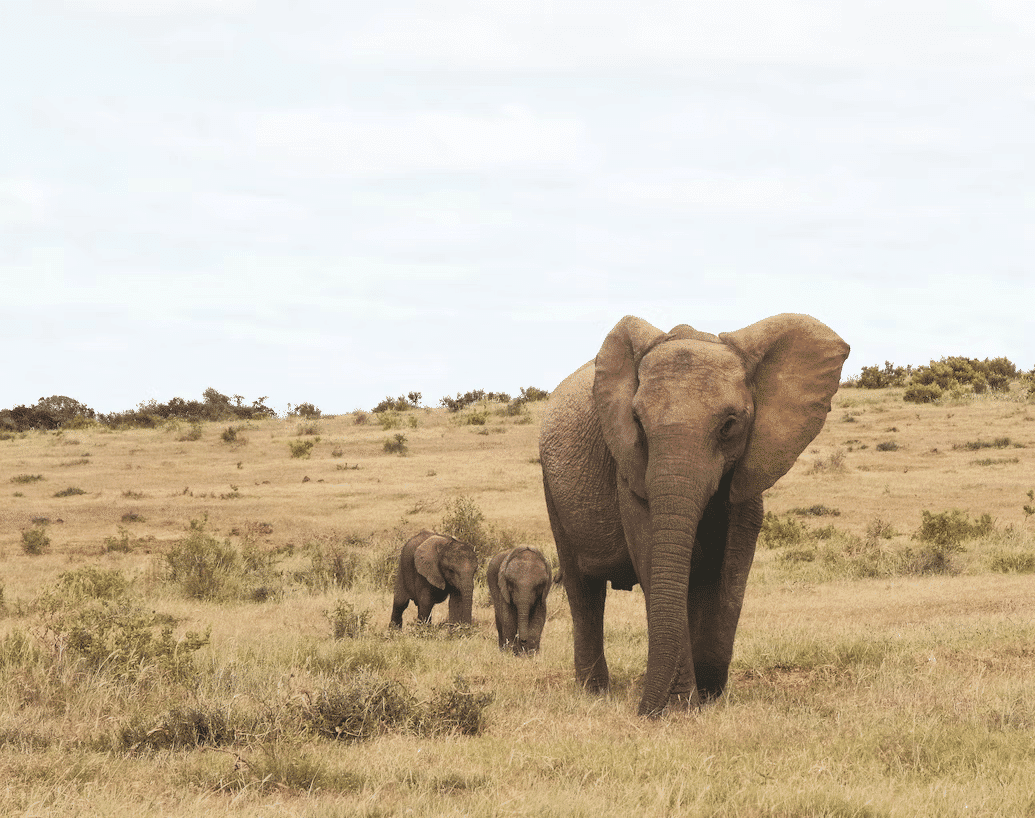
The Gestation Period of Elephants
Elephants do indeed have one of the most extended gestation periods of any mammal, but the actual length of time can vary. Female elephants generally carry their young for around 22 months or under two years.
This is the most prolonged pregnancy of any land animal, and it’s thought to be related to the large size of elephants and the complex development of their offspring.
However, not all elephant pregnancies last precisely 22 months, and some can be as short as 18 months, while others can last up to 24 months. This variability is due to genetics, nutrition, and environmental conditions.
In addition, elephant pregnancies are not always easy – miscarriages and stillbirths can occur, just like in humans and other animals.
Developmental Milestones: Growing Up Baby Elephants

As with most animals, baby elephants go through several critical developmental milestones as they grow up.
At birth, they rely entirely on their mothers for nourishment and protection, but they become more independent as they age. One of the most significant milestones for baby elephants is learning how to use their trunks and tusks effectively – this is crucial for their survival in the wild.
They also become more adept at communicating with their herd members, using a variety of sounds and physical touch to interact.
The Natural Habitat of Baby Elephants: Where They Thrive

Baby elephants can be found in various habitats, depending on the species. African elephants, for example, can be found in savannas, grasslands, and forests, while Asian elephants are found in tropical and subtropical forests.
No matter where they live, however, baby elephants rely on their natural habitats for survival. These habitats provide them with food, water, shelter, and protection from predators.
Threats to Their Survival: The Battle Against Poaching and Habitat Loss
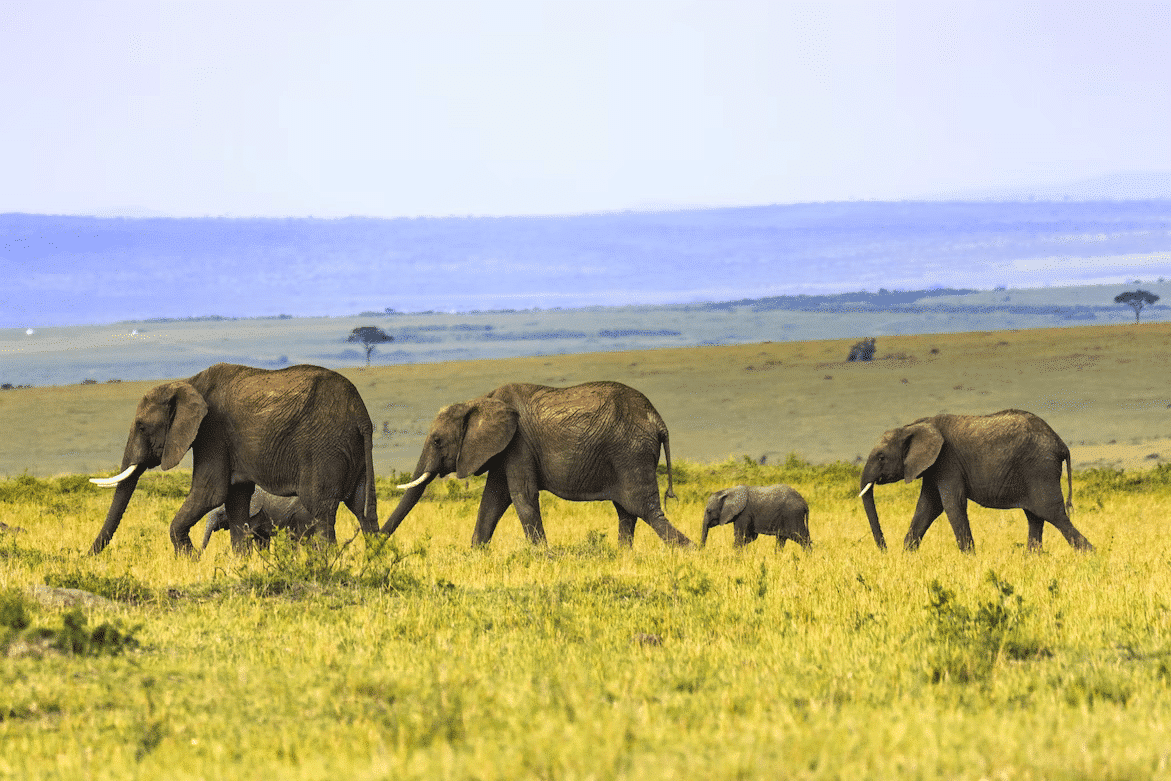
Despite their essential role in their natural habitats, baby elephants face several threats to survival. One of the biggest threats is poaching – the illegal killing of elephants for ivory tusks.
Ivory is highly prized in many cultures, and elephant populations have been decimated in many parts of the world.
Another major threat to their survival is habitat loss. As human populations grow, forests are being cleared for agriculture and development, destroying elephant habitats.
Conservation Efforts and Initiatives: Fighting for the Future of Baby Elephants

Several conservation efforts and initiatives are being implemented to help protect baby elephants and their natural habitats.
One of the most important initiatives is anti-poaching measures, including increasing law enforcement and cracking down on the illegal ivory trade. Efforts are also underway to reduce human-elephant conflict, such as using beehive fences to deter elephants from entering farmland.
And perhaps most importantly, there are conservation efforts to protect and restore elephant habitats, such as reforestation and protected area management.
Interesting Facts About Baby Elephants

Baby elephants are more than just cute and cuddly creatures – they are also fascinating and unique in many ways. Baby elephants are remarkable animals, from their great size at birth to their close family bonds.
Incredible Size at Birth: Big Babies!
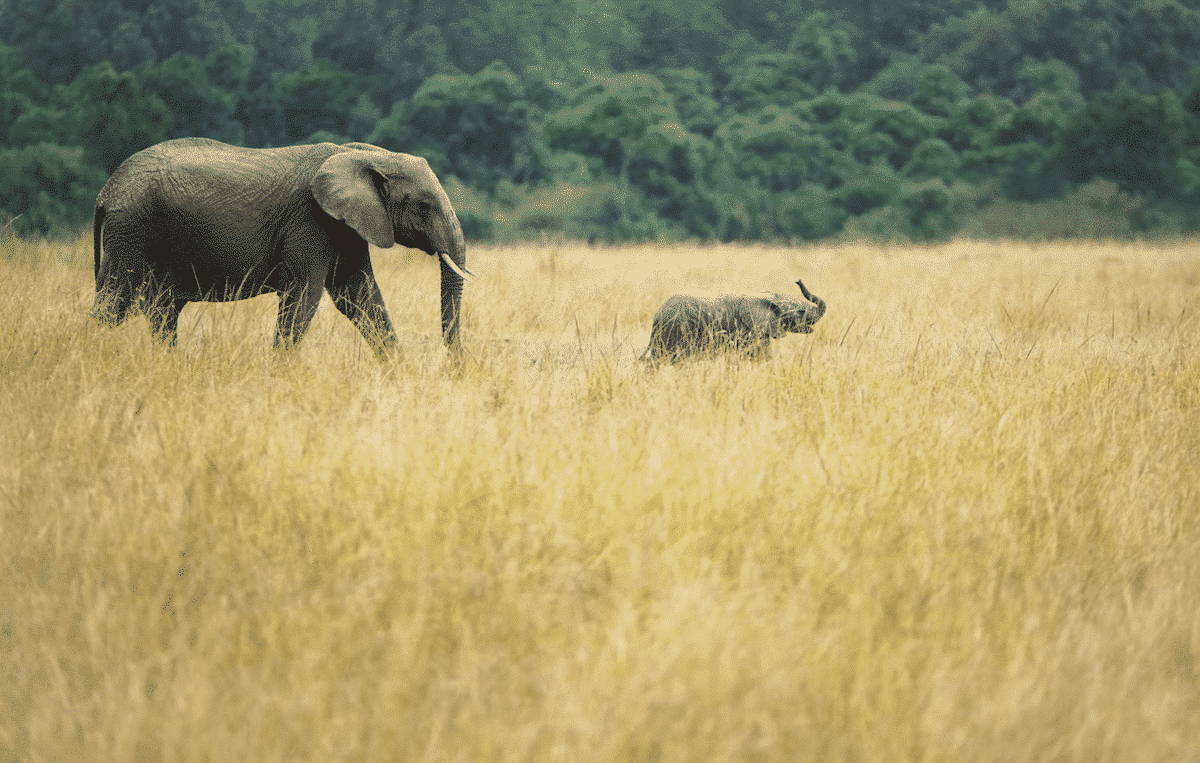
Regarding baby animals, few can compete with the size of a baby elephant. Newborn elephants can weigh up to 260 pounds (120 kg) and stand around 3 feet (1 meter) tall at the shoulder.
That’s about the same weight as two adult humans! Despite their size, baby elephants are still considered “premature” at birth and rely entirely on their mothers for food and protection.
What Do Elephants Do When a Baby Dies?
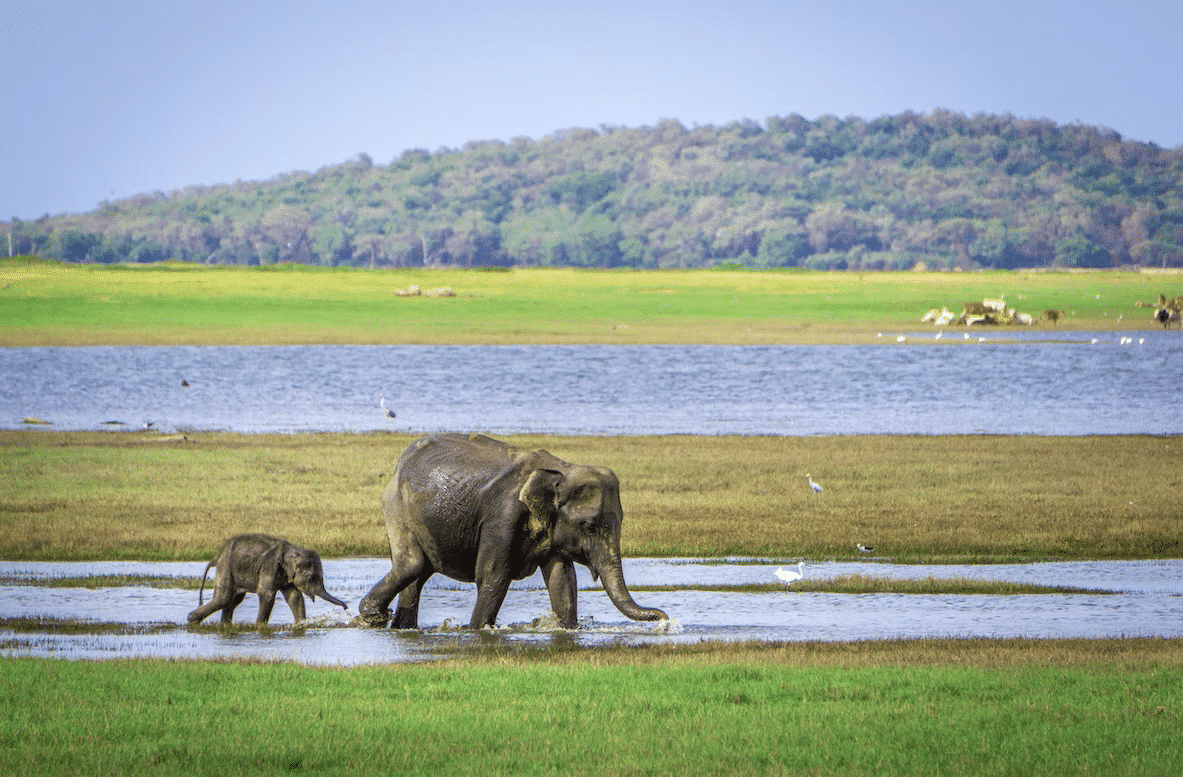
Elephants are known for their strong social bonds and intricate family structures. These intelligent animals have been observed mourning the loss of their companions, showing sadness and grief much like humans. So, what happens when a baby elephant dies?
- The Mourning Process
When a baby elephant dies, the mother and other herd members will mourn. The mother may stay with the body of her calf for hours, refusing to leave, and will often use her trunk to touch and caress the body. Other elephants in the herd may also come to pay their respects, touching the calf’s body with their trunks and standing silently beside it.
- Coping Mechanisms
Elephants have been observed exhibiting various coping mechanisms when faced with the death of a companion.
For example, some elephants may use sticks and branches to cover the deceased’s body, as if performing a burial ritual. Others may touch the bones or tusks of a dead elephant r revisit the site of the death in the future.
- Grieving Period
The grieving period for elephants can last for days or even weeks. During this time, the mother may become more protective of her other calves, and other herd members may offer her emotional support and comfort.
Scientists have even observed elephants who have formed close bonds with other elephants who have lost a calf, helping to care for the mother and offering emotional support.
What Is the Deadliest Elephant?

Elephants are some of the planet’s largest and most powerful land animals. While they are often seen as gentle giants, they are still capable of causing great harm if they feel threatened or provoked.
So, which elephant is considered the deadliest?
- The African Elephant
The African elephant is the largest land animal on Earth and can weigh up to 14,000 pounds. They are found throughout Africa and are known for their long trunks and impressive tusks.
While African elephants are not typically aggressive towards humans, they have been known to attack and kill when they feel threatened or invade their territory.
- The Asian Elephant
The Asian elephant is slightly smaller than its African counterpart and can weigh up to 11,000 pounds.
They are found in various parts of Asia, from India to Southeast Asia, and are recognized by their smaller ears and rounder backs. Like African elephants, they can be dangerous if they feel threatened or provoked.
What is The Musth Phenomenon
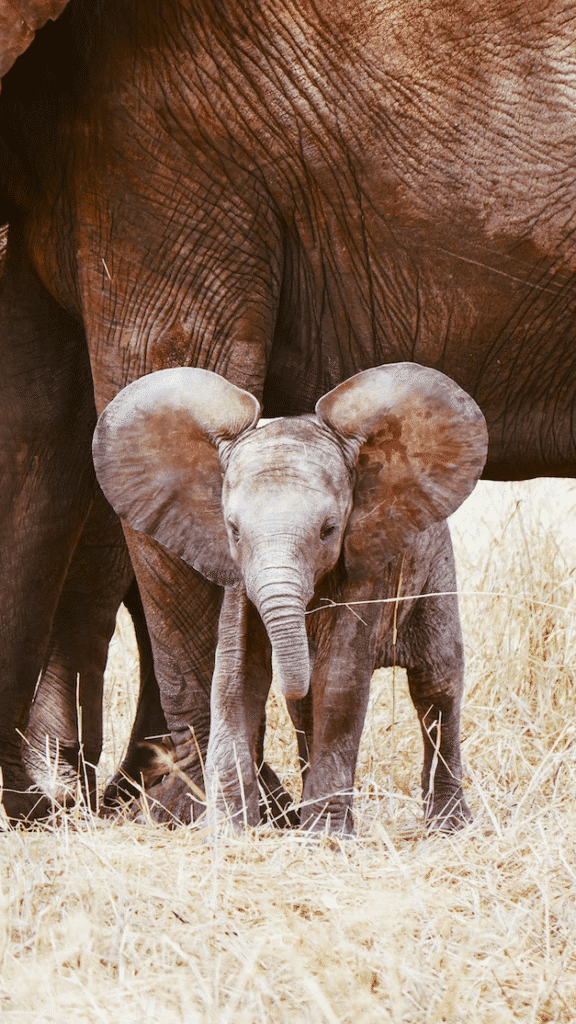
One factor that makes male elephants particularly dangerous is the musth phenomenon. Musth is a period of heightened sexual and aggressive behavior in male elephants, during which they produce large amounts of testosterone and exhibit unpredictable behavior.
During musth, male elephants may become aggressive towards other elephants, humans, and animals.
Human-Elephant Conflict
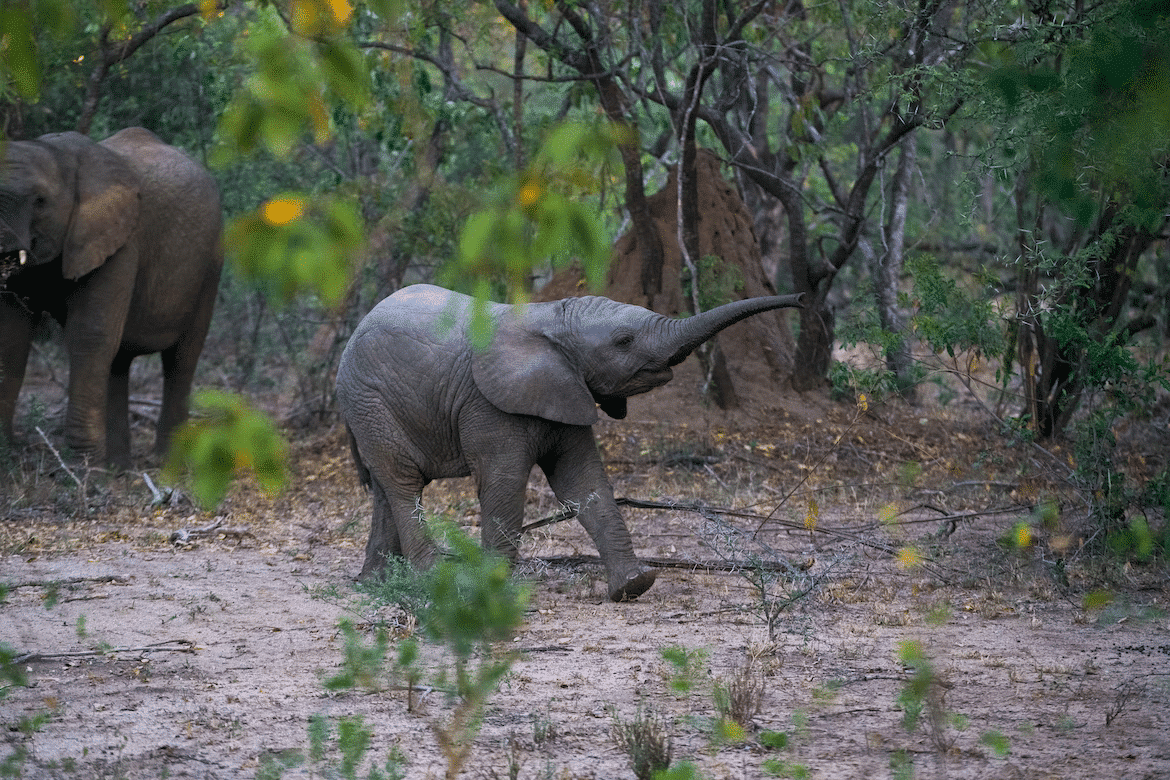
Unfortunately, human-elephant conflict is growing as human populations expand and elephant habitats are destroyed.
Elephants may raid crops and villages, causing damage and sometimes injuring or killing people. In some cases, this has led to retaliatory killings of elephants by humans, further exacerbating the problem.
Top 10 Largest Elephant Subspecies Ranked By Their Size:
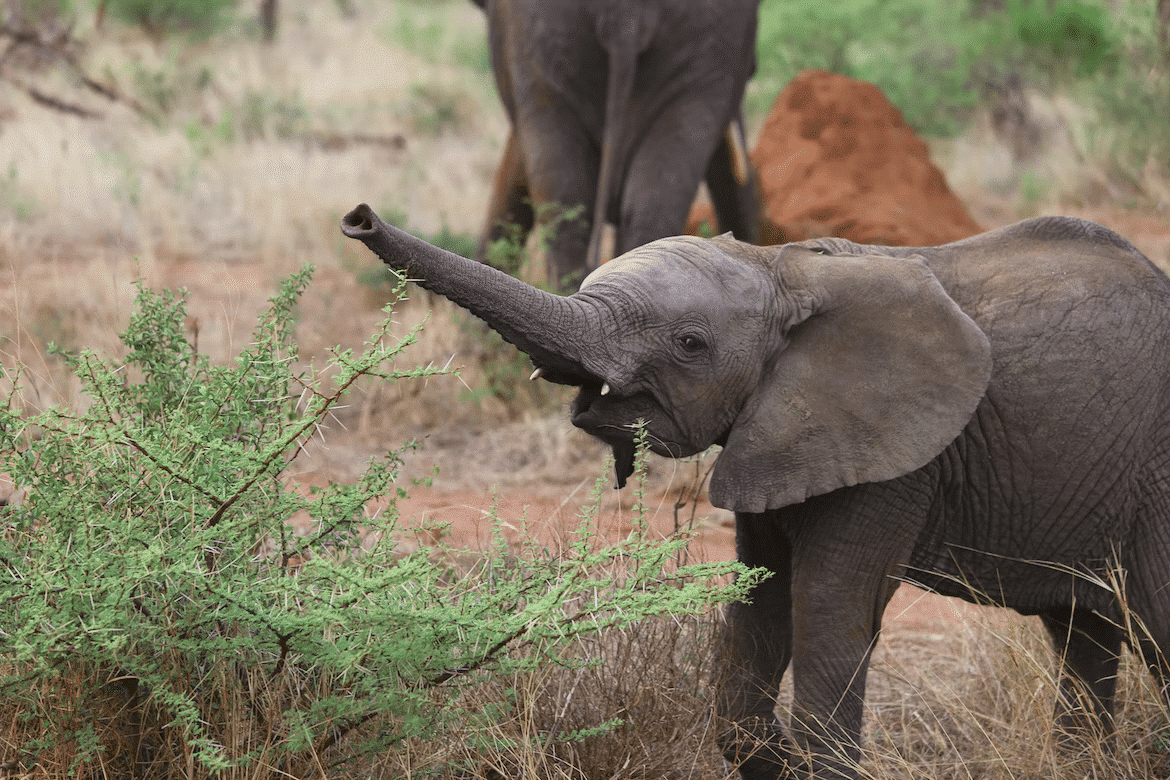
- African bush elephant (Loxodonta africana)
It can weigh up to 6,000 kg (13,000 lb) and stand up to 4 meters (13 feet) tall at the shoulder. - African forest elephant (Loxodonta cyclotis)
It can weigh up to 2,700 kg (6,000 lb) and stand up to 2.5 meters (8 feet) tall at the shoulder. - Sri Lankan elephant (Elephas maximus Maximus)
It can weigh up to 5,500 kg (12,000 lb) and stand up to 3 meters (10 feet) tall at the shoulder. - Indian elephant (Elephas maximus indicus)
It can weigh up to 5,000 kg (11,000 lb) and stand up to 3 meters (10 feet) tall at the shoulder. - Sumatran elephant (Elephas maximus sumatranus)
It can weigh up to 4,500 kg (10,000 lb) and stand up to 2.5 meters (8 feet) tall at the shoulder. - African elephant (Loxodonta africana)
Weigh up to 3,500 kg (7,700 lb) and stand up to 3 meters (10 feet) tall at the shoulder. - Borneo elephant (Elephas maximus borneensis)
weigh up to 3,300 kg (7,300 lb) and stand up to 2.5 meters (8 feet) tall at the shoulder. - South African bush elephant (Loxodonta africana)
It can weigh up to 3,000 kg (6,600 lb) and stand up to 3 meters (10 feet) tall at the shoulder. - East African bush elephant (Loxodonta africana)
It can weigh up to 2,700 kg (6,000 lb) and stand up to 3 meters (10 feet) tall at the shoulder. - West African bush elephant (Loxodonta africana)
It can weigh up to 2,700 kg (6,000 lb) and stand up to 3 meters (10 feet) tall at the shoulder.
PS: It is important to note that these are rough estimates. Individual elephants may vary in size due to age, sex, and diet.
What Are Elephants Afraid Of? Bees?
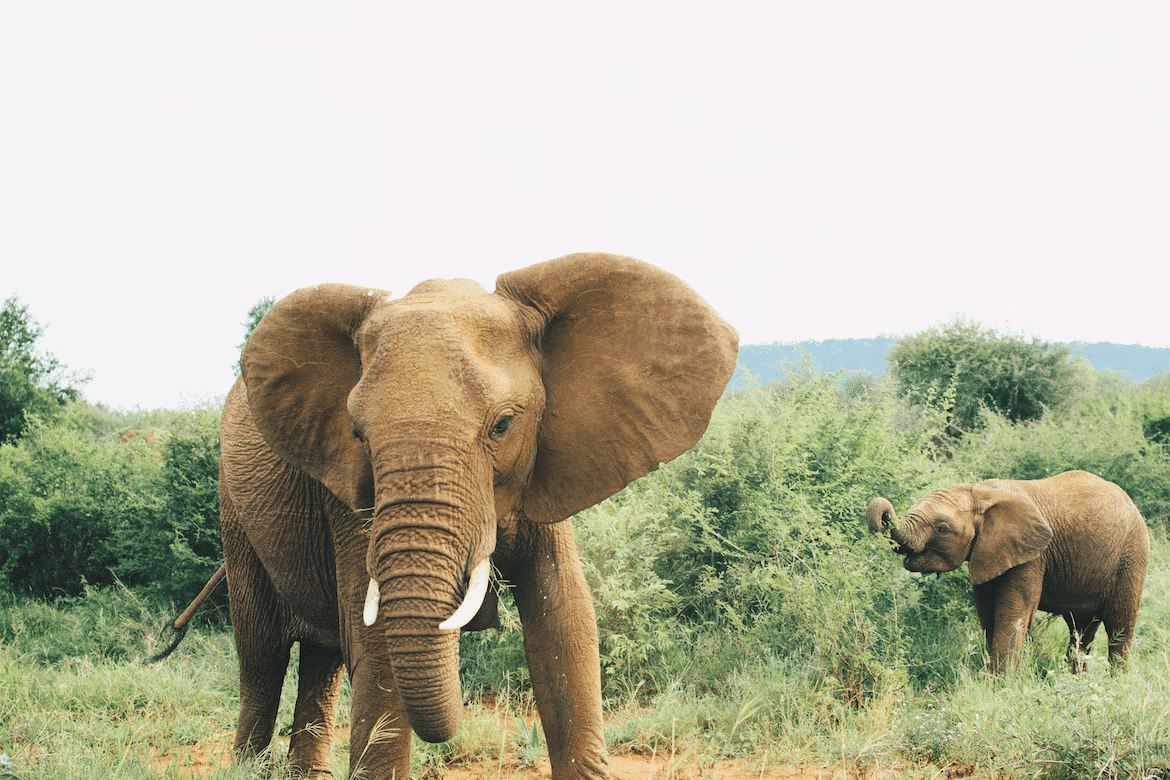
With their sheer size and strength, elephants are considered to be one of the most powerful animals on the planet. However, even these mighty beasts have their fears and phobias.
Let’s touch on what elephants are afraid of and the reasons behind their fears.
The Unknown and Unfamiliar
Like many animals, elephants are wary of the unknown and unfamiliar. These creatures thrive on routine and familiarity, and anything foreign to them can be a source of anxiety.
For example, elephants may become fearful and skittish when encountering a new object or sound. Especially if they are unsure what it is or how to respond.
Loud Noises
Despite their productize, elephants are also known to fear loud noises. In the wild, they may be startled by thunder, gunfire, or explosions, which can cause them to become agitated and anxious. Even in captivity, loud noises such as fireworks or loud music can be stressful for elephants, and this leads to behaviors like pacing, swaying, or trumpeting.
Bees
One of the most surprising fears of elephants is their fear of bees. Studies have shown that elephants know the danger bees pose and have learned to avoid them.
Bees can swarm around an elephant’s trunk or eyes, causing discomfort and potentially leading to injury. In response, elephants have been known to flap their ears, stomp their feet, and even use their trunks to wave away bees.
Human Presence
While elephants may be used to human presence in certain circumstances, they can also become fearful of people, especially if they have had negative experiences with humans.
This fear can be compounded by the presence of unfamiliar objects or noises, which can make them even more anxious.
Predators
Despite their size and strength, elephants are still prey to predators in the wild. As such, they naturally fear creatures like lions, hyenas, and crocodiles, and these are known to prey on young or weak elephants.
In the presence of these predators, elephants may become nervous and agitated and often group for protection.
Fire
Another surprising fear of elephants is their fear of fire. This is because elephants are acutely aware of the destructive power of fire, it can destroy large swathes of their natural habitat.
In the presence of fire, elephants may become panicked and disoriented, often fleeing chaotically and dangerously.
Wrapping Up on Baby Elephants
Baby elephants are not only adorable, but they also possess a fascinating and complex set of characteristics, making them unique creatures in the animal kingdom.
These gentle giants are a wonder to behold, from their long trunks to their formidable tusks. Despite facing numerous threats to their survival, efforts are being made to conserve and protect their habitats from harm.
Whether it’s the incredible bond between a mother and her offspring, their playful behavior, or their fear of certain sounds, there is no denying that baby elephants are a treasure trove of intriguing facts and interesting quirks.
So the next time you see a baby elephant, take a moment to appreciate its beauty. Let yourself wonder about these magnificent creatures. Remember that they are not only symbols of strength and power but also tenderness and love.
Trunks, tusks, and tenderness – that’s what baby elephants are all about!
Thanks for following along with us! Next up, Exploring the World of Baby Hippos.
Join our Forum for free today!

- Big Cats Love Mouthing Affection - July 22, 2024
- Kind Elephant Merciful To Lion Cubs - July 22, 2024
- Beachgoers Save Massive Shark Stranded In Florida - July 22, 2024

